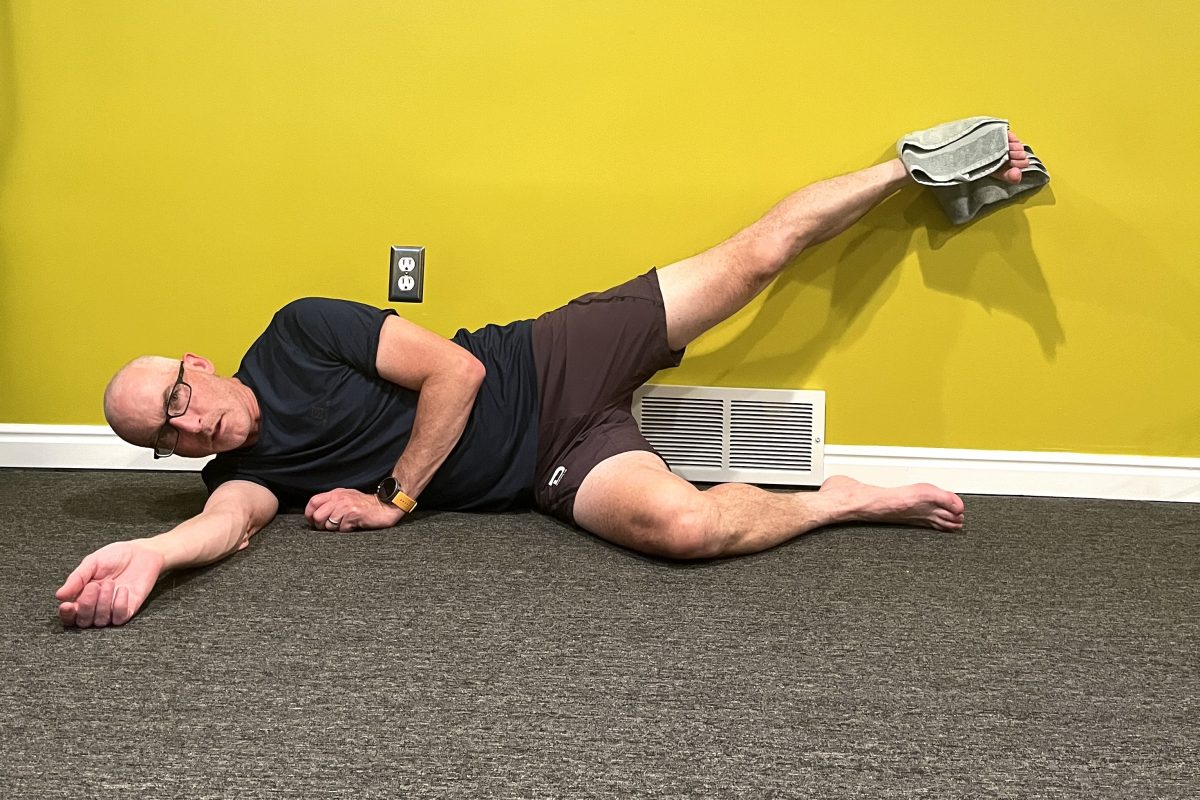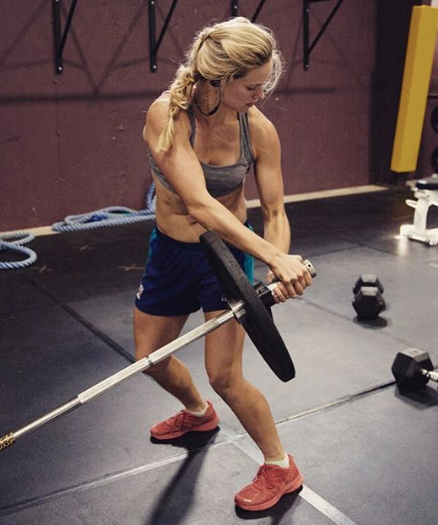Editor's Note: While concussions are much more common in the various alpine disciplines, they do occur in cross-country skiing. This article provides useful guidelines for dealing with such occurances.
Concussion is a very prevalent injury in snow sports. It is defined as a disturbance in the functioning of the brain following a blow to the head or a force transmitted to the head, which may or may not cause a loss of consciousness. This typically results in the rapid onset of a short-lived impairment of neurologic function, which resolves spontaneously. Athletes suffering from a concussion can display a wide variety of signs and symptoms, some of which can be very subtle. It is important to identify the athlete that has suffered a concussion, as they are more vulnerable for recurrent injury, persistent post concussive symptoms, cumulative injury, and potentially even life threatening injury, with subsequent concussive injury.
Any athlete suspected of having sustained a concussion should be withdrawn from that event or training session, and undergo formal medical evaluation. Therefore any athlete complaining of headache, nausea, vision change, ringing in the ears, dizziness, or confusion after a crash or displaying poor coordination, poor balance, difficulty answering questions, or easy distractibility,should be brought to the attention of the team physician. It is important that these athletes not be left alone and monitored for deterioration in the immediate post injury period.
The cornerstone of concussion management is rest, until complete resolution of symptoms. This includes both physical and cognitive or mental rest. Athletes should therefore have a quiet environment and avoid exposure to stimulation such as TV or computer screens, and avoid alcohol and medications. Some analgesics and anti-inflammatories may be prescribed but it should be recognized that these might mask some of the signs and symptoms of concussion.
The return to sport progression is begun once the athlete has been off all medications and completely symptom free for a minimum of 24 hours. The most widely accepted return to play guideline is from the Summary and Agreement Statement of the Second International Symposium on Concussion in Sport—Prague 2004. This is a step-wise process, each step being separated by a minimum of 24 hours. Progression to the next step only occurs if the athlete is completely asymptomatic at the current level. Any recurrence of symptoms should lead to the athlete dropping back to the previous asymptomatic level.Steps include
1) Complete physical and mental rest until asymptomatic
2) Low intensity aerobic exercise (walking, spinning on a stationary bike) but no resistancetraining
3) Higher intensity aerobic exercise
4) Easy free skiing/riding and light resistance training
5) After medical clearance can train fully (for example, ski gates)
6) After medical clearance return to full competition and racing
Athletes with a simple concussion typically easily progress through these steps over 7-10 days.Athletes with complex concussion (an injury where athletes suffer persistent symptoms, specificsequelae, or prolonged cognitive impairment, or athletes who have suffered multiple concussion)may require a prolonged period of asymptomatic rest as well as more time at each of thesubsequent steps in the progression.
Neurocognitive testing has become an integral part of concussion management. This can be done as simple paper and pencil test (such as the SCAT) or using computer based tests. All athletes should have pre-season baseline neurocognitive testing done. This should be repeated after a concussive injury and the athlete should not return to training until back to their baseline scores. The team physician should supervise the above outlined progression and give final clearance for return to training and competition.




